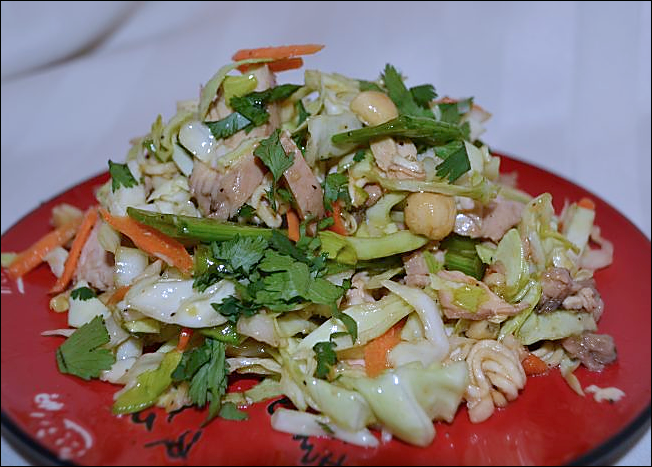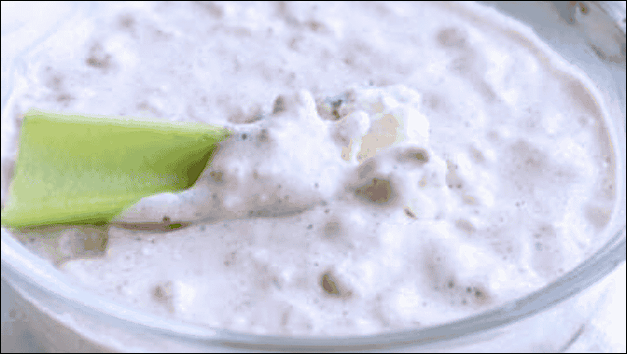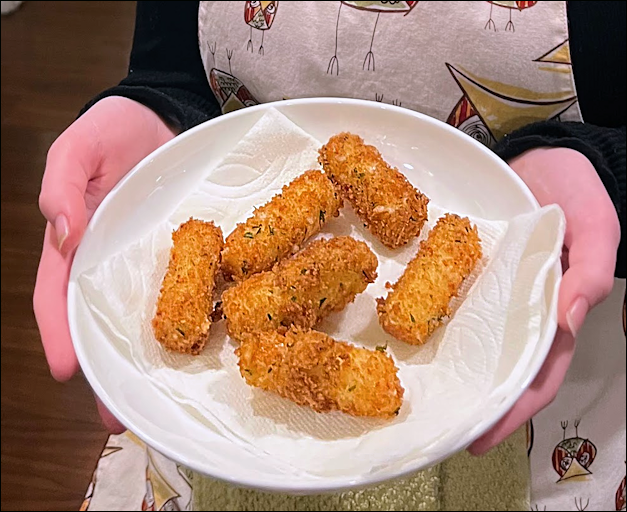Traditional Arabic hummus—how do I know its traditional? Because I learned how to make it from my Saudi and Kuwaiti students in 1981 and 1982. I watched how they made it, wrote everything down, and have followed the recipe ever since.
Well, once, I tinkered with it…I added a bit of cumin and coriander.
My kids reacted most negatively. I remember their scorn quite clearly: “What did you do to the hummus?!? It tastes FOUL!” Lesson learned. No tinkering with The Authentic. EVER.
Traditional Arabic Hummus
INGREDIENTS
- 1 can garbanzo beans
- 4 garlic cloves, minced
- ½ cup sesame paste—available at most larger supermarkets, in the Middle Eastern Foods section
- Approximately ½ cup reserved garbanzo liquid/aquafaba
- 2 tablespoons freshly squeezed lemon juice
- 2 tablespoons olive oil
- paprika (optional)
DIRECTIONS
- Drain the garbanzo beans, reserving the liquid.
- Shell the garbanzo beans if desired—shelling the garbanzos results in a much smoother dip.
- Place drained garbanzos, approximately ½ cup reserved liquid, lemon juice and olive oil in a blender and process until smooth.
- That’s IT! Isn’t that easy?
- Add more garbanzo liquid if needed to make a softer dip.
Remove dip to a serving bowl. My students used to spread the hummus onto a dinner plate and drizzle with a bit of olive oil and a sprinkle of paprika—Americans usually serve it out of a bowl. My students only served hummus with triangles of warm pita bread. Americans often serve with pita bread plus carrot and celery sticks, cucumber rounds, red pepper strips, and cherry tomatoes.
Thanks for stopping by my Middle Eastern kitchen today! Enjoy the hummus—it’s better than that stuff you can buy in tubs, and much cheaper, too!





